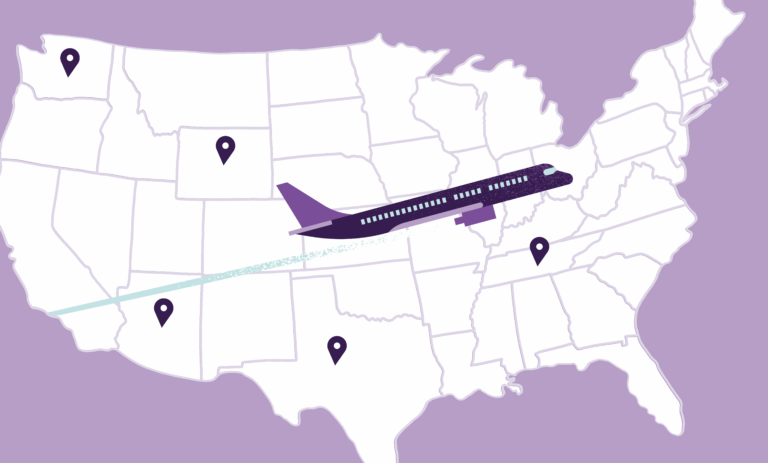What you need to know about nurse practitioner + physician assistant salaries.
Part of a successful advanced practitioner career plan is the specialty pay rate, experience, and region. Demand for advanced practitioners is growing, and we are seeing a rise in organizations competing to attract talent. Healthcare facilities are implementing innovative strategies that aim to better support their staff. The introduction of technology, wellness programs, and opportunities for growth help to make a positive difference in the healthcare field.
Jackson and Coker analyzed and compiled NP and PA salary reports from key industry sources for the top specialties. Use this guide as an aid for your career strategy – and as a way to justify support your salary expectations when applying for a role.
Understanding salary increases and the growing role of nurse practitioners.
What’s behind the rise in salaries? The United States is experiencing a heightened need for medical care. With an aging population in America, the Association of American Medical Colleges anticipates a deficit of as many as 86,000 physicians by 2036. Moreover, 20% of practicing clinicians are aged 65 or above, making them retirement-ready. This creates an opportunity for advanced practitioners to deliver crucial healthcare services where they are most needed while also getting the salary they deserve.
As healthcare organizations compete for a shrinking physician pool, you can expect that facilities will utilize nurse practitioners and physician assistants as a strategy to fill open roles. Currently, there are over 385,000 NPs licensed to practice in the U.S., a number that has grown exponentially in the last several years. The Bureau of Labor Statistics projects a growth of 38% for nurse practitioners, nurse anesthetists, and nurse midwives by 2032, far outpacing the average job growth outlook.
To further help relieve pressure, lawmakers across the U.S. are seeking change for NPs allowing them to practice more independently. The Veteran’s Administration has already taken a step further and has granted full practice autonomy to NPs, CRNAs, and clinic nurse specialists.
The best states for nurse practitioners.
States with highest annual mean wage for nurse practitioners:
- California, $161,540
- Nevada, $148,670
- Washington, $145,400
- New Jersey, $145,030
- Oregon, $144,950
States with highest location quotients for nurse practitioners:
- Tennessee
- Mississippi
- New Hampshire
- West Virginia
- Arkansas
The booming and necessary role of physician assistants.
Physician assistants are expected to grow at a much faster rate than other occupations. Physician assistant employment is projected to grow 28% by 2033, according to the BLS, compared to just 4% for all occupations. PAs will continue to play an integral part in our healthcare system as the demand for healthcare services grows.
The median annual wage for physician assistants in May 2023 was $130,020. Of course, the type of facility impacts PA salaries, with those in outpatient care centers and hospitals making more than those in physician offices.
The best states for physician assistants.
Physician assistants’ salaries vary by state. The states where PAs make the most are Nevada, California, Washington, Connecticut, and Alaska. States with the best job opportunity are New York, Connecticut, North Carolina, Alaska, and North Pennsylvania.
States with highest annual mean wage for physician assistants:
- Nevada, $154,800
- California, $ 153,960
- Washington, $152,800
- Connecticut, $149,300
- Alaska, $148,480
States with highest location quotients for physician assistants:
- New York
- Connecticut
- North Carolina
- Alaska
- Pennsylvania
What to know about benefits for advanced practitioners.
Beyond base salary, you’ll need to take benefits into account when considering a new position.
Employee benefits cost U.S. employers an average of $13.04 per hour, according to recent data from the Bureau of Labor Statistics, making up about 29.7% of employees’ total compensation in the health care sector. So, if you make a salary of $100,000, you can expect to receive about $29,700 in standard benefits.
A strong basic benefits package includes medical and dental insurance, cost sharing, disability insurance, life insurance, paid time off, retirement funds, CME dues and malpractice coverage, according to SullivanCotter, a firm that provides healthcare benefits strategy.
Of course, as organizations try to attract a small pool of physicians, many are offering non-traditional benefits like relocation expenses, student-loan repayment and sign-on bonuses which can reach into six figures.









